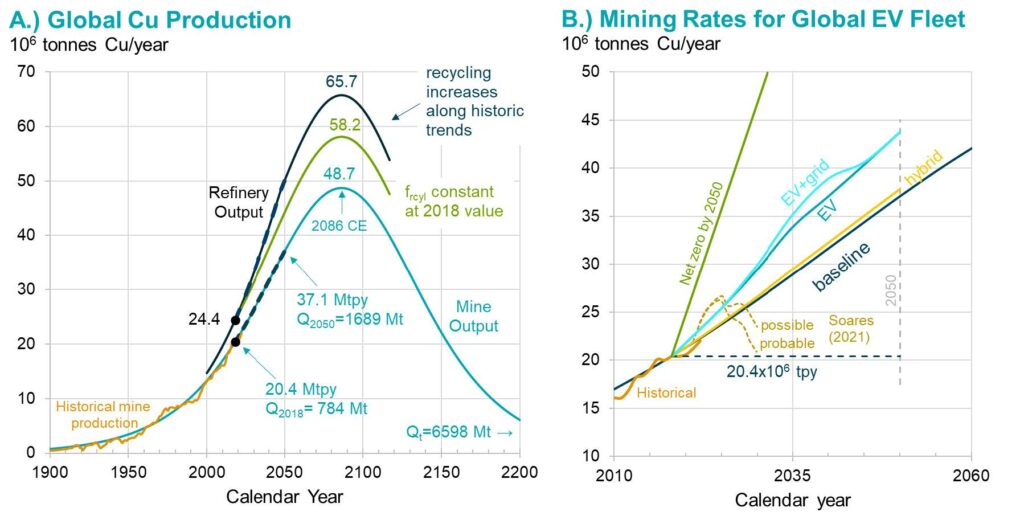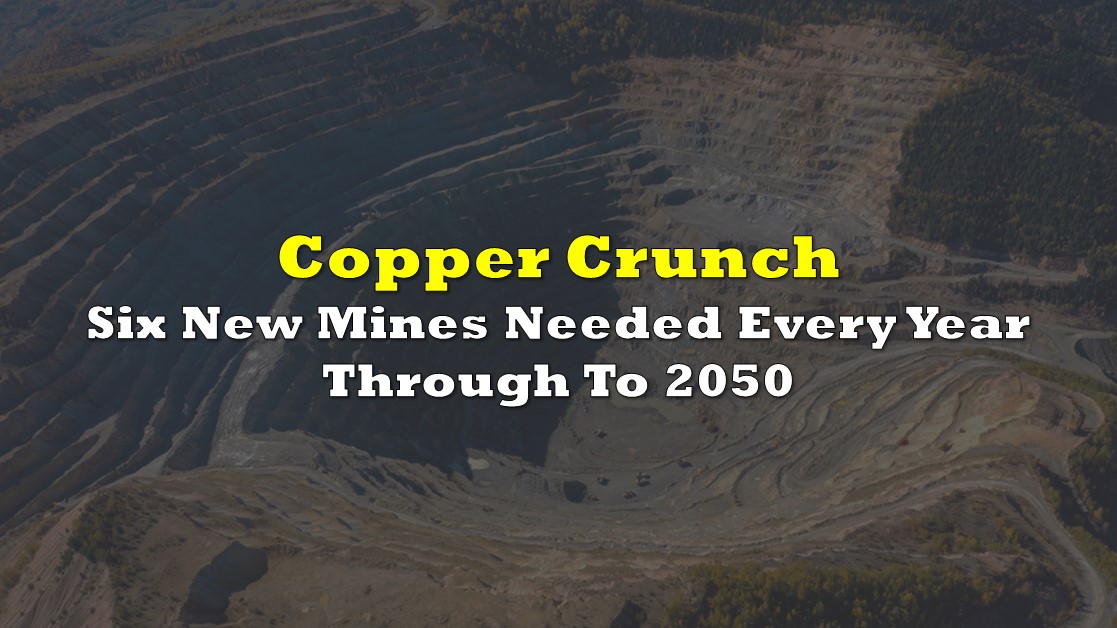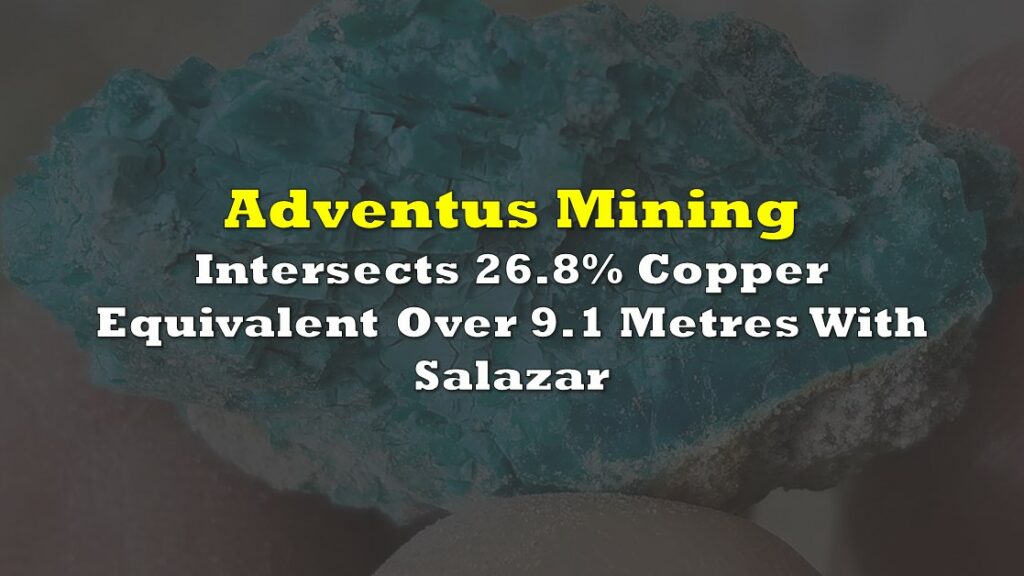As the United States gears up for an ambitious transition to renewable energy, a new study has raised concerns about a potential bottleneck: the availability of copper. Researchers from the University of Michigan and Cornell University have found that current copper mining rates may not be able to keep pace with the soaring demand for the metal, which is crucial for electric vehicles, wind turbines, and grid upgrades.
The Copper Conundrum
According to the study, published by the International Energy Forum, the United States’ plans to phase out internal combustion engine vehicles by 2035 and transition to renewable energy sources could be hampered by a shortage of copper. The researchers analyzed 120 years of global copper mining data and concluded that the demand for copper would outstrip what mines can produce at the current rate – while also highlighting that the world needs 115% more copper than what was mined in all human history through to 2018 for the demand that will exist through to 2050.
The crux of the issue lies in the copper-intensive nature of renewable energy technologies. An electric vehicle requires three to five times more copper than a conventional gasoline-powered car, while wind turbines can consume up to 10 tons of copper for onshore installations and even more for offshore projects. A co-author of the study, Adam Simon, reinforces this statement with the fact that a standard Honda Accord requires 40 pounds of copper to manufacture, whereas the electric version of the same vehicle requires 200 pounds.

Permitting Delays and Production Constraints
One of the key factors contributing to the potential copper shortage is the lengthy permitting process for new mining projects. The study found that it takes an average of 20 years between the discovery of a new copper deposit and the issuance of a permit to build a mine.
To meet the copper needs of electrifying the global vehicle fleet, the researchers estimate that as many as six new large copper mines must be brought online annually over the next several decades. Additionally, about 40% of the production from new mines will be required for electric vehicle-related grid upgrades.
While acknowledging the importance of the energy transition, the study’s co-author, Adam Simon, emphasizes the need for a pragmatic approach. He suggests focusing on manufacturing hybrid vehicles, which have a lower copper footprint than fully electric vehicles, as a more feasible interim solution.
Simon also highlights the competing demands for copper from developing countries, where the metal is essential for building infrastructure, providing access to electricity, clean water, and sanitation facilities.
Balancing Priorities and Rethinking Mining
The study underscores the tension between the copper needs for the energy transition in developed countries and the infrastructure requirements of less developed nations. It calls for a mindset change among environmental groups and policymakers regarding mining, emphasizing the need to balance priorities and ensure a sustainable supply of critical metals like copper.
As the United States and the world strive to combat climate change and transition to cleaner energy sources, the copper crunch highlights the importance of holistic planning and a comprehensive approach that considers the entire supply chain and the global implications of resource allocation.
Information for this story was found via International Energy Forum, and the sources and companies mentioned. The author has no securities or affiliations related to the organizations discussed. Not a recommendation to buy or sell. Always do additional research and consult a professional before purchasing a security. The author holds no licenses.









